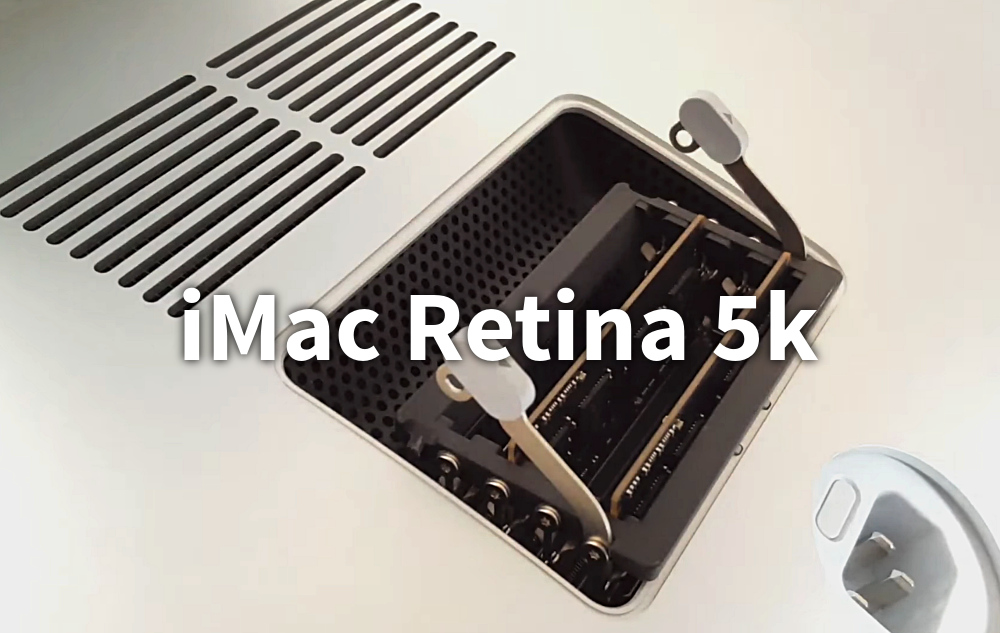

- #Add memory to imac 2015 how to#
- #Add memory to imac 2015 install#
- #Add memory to imac 2015 drivers#
Choose the “Create a virtual hard disk now” option and click Create.Select the amount of memory you want to allocate to the virtual machine (Windows 10 requires at least 1 GB for 32-bit or 2 GB for 64-bit).Choose a descriptive name of the virtual machine and select Windows 10 as the version.Launch VirtualBox and click the New button in the top-left corner.
#Add memory to imac 2015 install#
Download and install VirtualBox on your Mac.
#Add memory to imac 2015 how to#
Obtain Windows 10 disk image (see the How to Get Windows for Mac chapter).To install Windows on a Mac using VirtualBox: To virtualize Windows on M1 Macs, you need an emulator like QEMU (and a lot of time and patience). Apple computers with the new M1 chip are NOT supported. Just keep in mind that VirtualBox (just like VMware Fusion) runs only on Intel-based Macs. Unless you plan on using Windows in a virtual machine on a daily basis, we recommend you start with the free solutions and consider purchasing a VMware Fusion license only if VirtualBox fails to meet your expectations and requirements. The former is proprietary software that costs $199 for the Pro version, while the latter is open-source and available for free.

The two most popular solutions at the time of writing this article are VMware Fusion and VirtualBox. To run Windows in a virtual machine on Mac, you need to install virtualization software. This way, you can easily access both operating systems at the same time and transfer files between them without restarting your Mac. In addition to installing Windows alongside macOS on your hard drive, you can also run Windows in a virtual machine directly from macOS. We recommend you familiarize yourself with Boot Camp Control Panel so that you can configure your keyboard, mouse, trackpad, and other hardware used with your Intel-based Mac. To switch between Windows and macOS, simply restart your computer and then press and hold the Option key during startup.
#Add memory to imac 2015 drivers#
Follow the instructions to set up drivers and everything else necessary to dual boot Windows on a Mac computer.

You also need 64 GB or more free storage space on your Mac startup disk, a Windows 10 disk image (see the How to Get Windows for Mac chapter), and a USB flash drive with a storage capacity of 16 GB or more (unless your Mac doesn’t need a flash drive to install Windows). This list DOESN’T include Macs with Apple’s M1 chip because Boot Camp only works on Intel-based Macs. MacBook Pro introduced in 2012 or later.MacBook Air introduced in 2012 or later.You just need to verify that you meet the system requirements for installing Windows 10. The great thing about dual booting Windows on a Mac computer is that the software you need to make it happen (Boot Camp) is included in macOS.


 0 kommentar(er)
0 kommentar(er)
